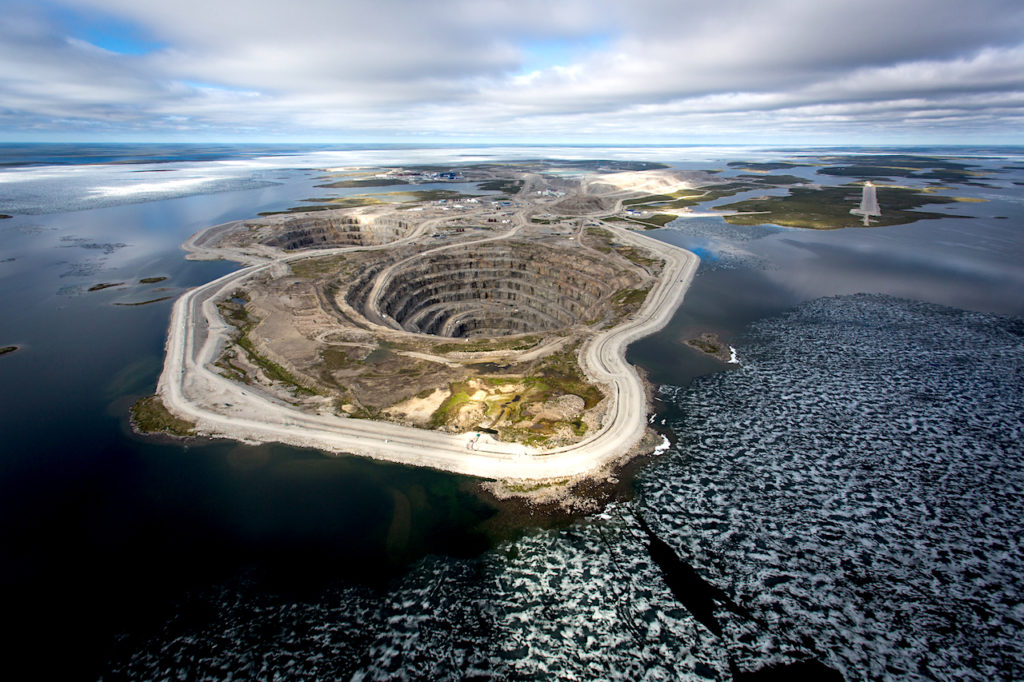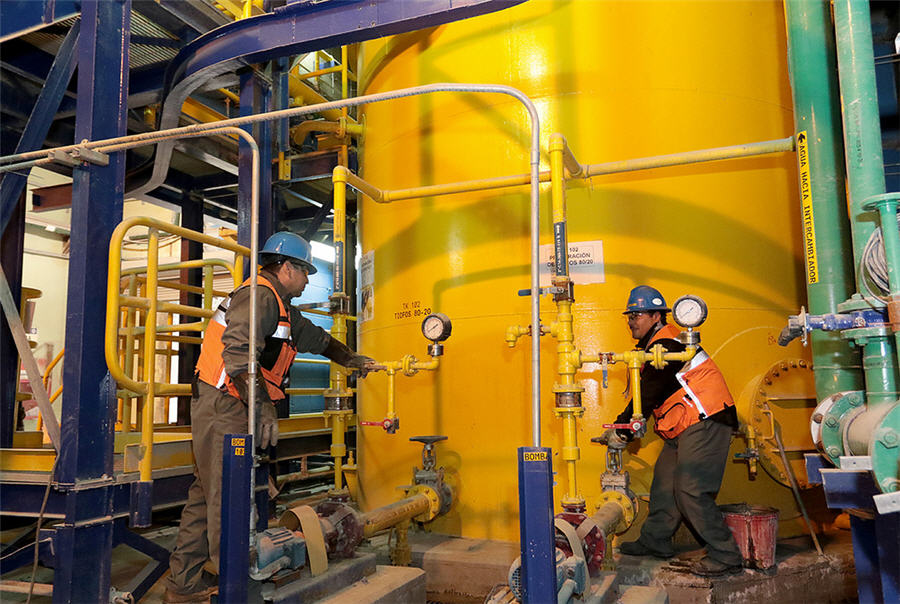Rio Tinto completes largest off-grid solar plant build in Canada’s North

Rio Tinto (ASX: RIO) said on Tuesday its 100% owned Diavik diamond mine in Canada’s Northwest Territories (NWT) has successfully completed the installation of its 3.5 megawatt capacity solar power plant.
The project represents the largest off-grid solar power plant across Canada’s territories, the Australian miner said. The Diavik mine is located about 200 kilometres south of the Arctic Circle, at the bottom of Lac de Gras.
The new 6,620-panel facility is expected to generate 4.2 million kilowatt-hours of solar energy annually, reducing diesel consumption at Diavik by one million litres per year and cutting greenhouse gas (GHG) emissions by 2,900 tonnes of CO2 equivalent, Rio said, adding that this is comparable to removing 630 cars from the road each year.
The solar power plant will provide up to 25% of Diavik’s electricity during closure work, with commercial production at the mine expected to end in 2026 and closure to run until 2029. The facility is equipped with bi-facial panels which generate energy from direct sunlight, and also from the light that reflects off the snow that covers Diavik for most of the year.
The solar project complements a wind power plant at Diavik, which has been operating since 2012 and is the largest wind power installation in Canada’s North, having generated over 195 million kilowatt-hours of electricity since activation, Rio said.
“The largest off-grid solar power plant in Canada’s North is our latest commitment to the environment we live and work in, and will improve the energy efficiency of our operations at Diavik,” Matthew Breen, the mine’s chief operating officer, said in the statement.
The project was supported by C$3.3 million in funding from the government of the Northwest Territories’ Large Emitters GHG Reducing Investment Grant Program. It is the first project in NWT to benefit from funding from the program, which sets aside a portion of carbon tax paid by large operations such as Diavik for projects that commit to GHG reduction in the territory.
Northwest Territories’ Minister of Infrastructure Caroline Wawzonek said completion of the largest off-grid solar plant in Canada’s northern territories signals potential for leadership in the renewable energy sector in and by the North.
“The government of the Northwest Territories is proud to have contributed to the project through the Large Emitters GHG Reducing Investment Grant program, which provides funding to industry to reduce emissions as part of our made-in-the-NWT approach to the federal carbon tax,” Wawzonek said.
Construction began in February 2024, contracted to Whitehorse-based Solvest Inc. and the Indigenous-owned Tłıchǫ Investment Corporation, with support from Diavik.
Diavik is also working with the government of the Northwest Territories and community partners to determine how its renewable energy infrastructure can best benefit the region following closure.
{{ commodity.name }}
{{ post.title }}
{{ post.date }}

Comments